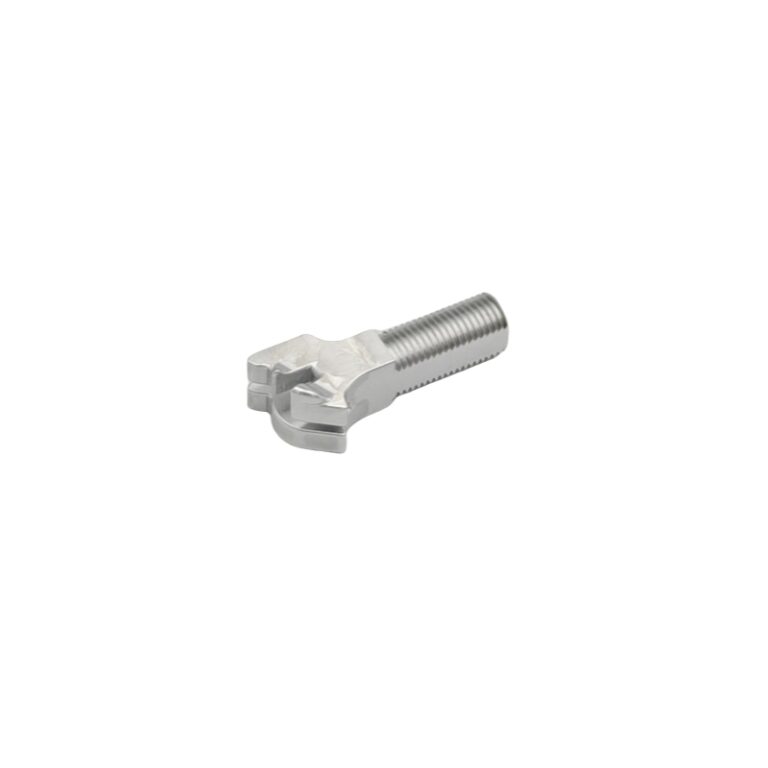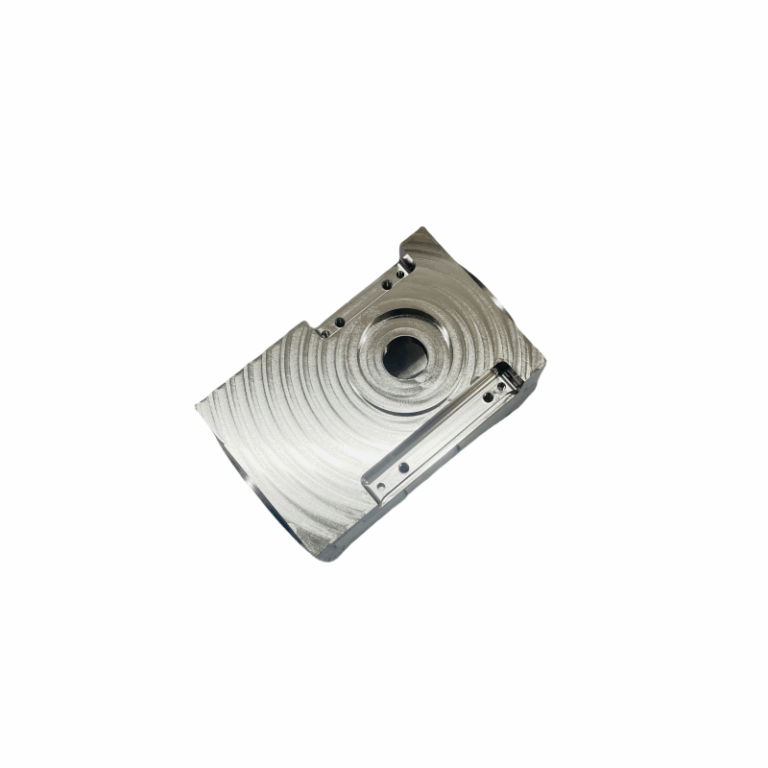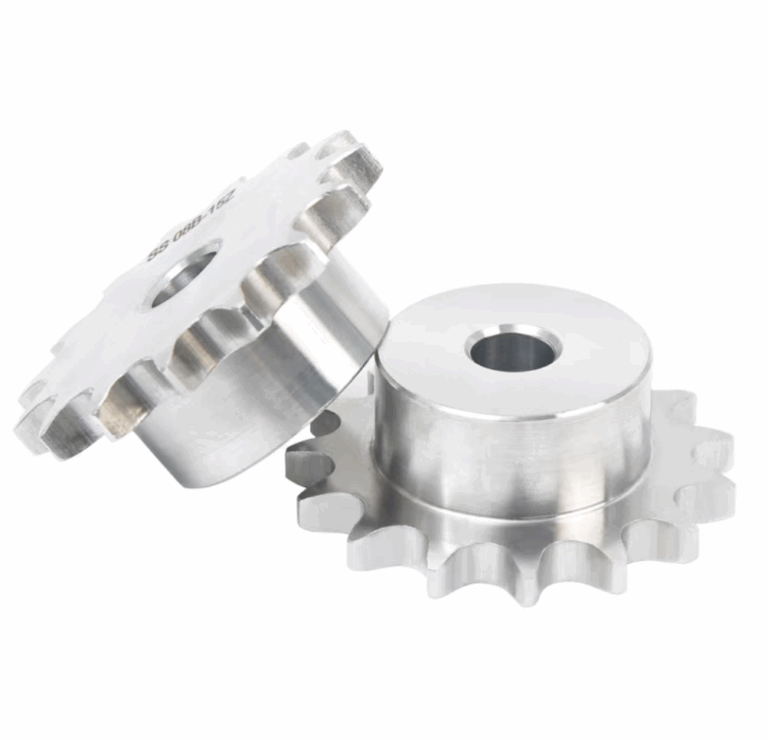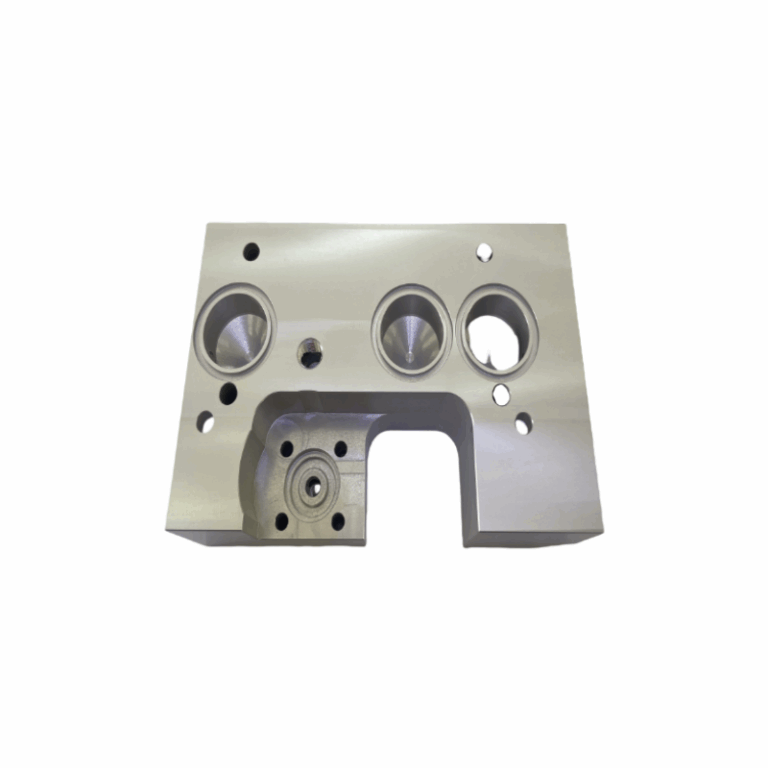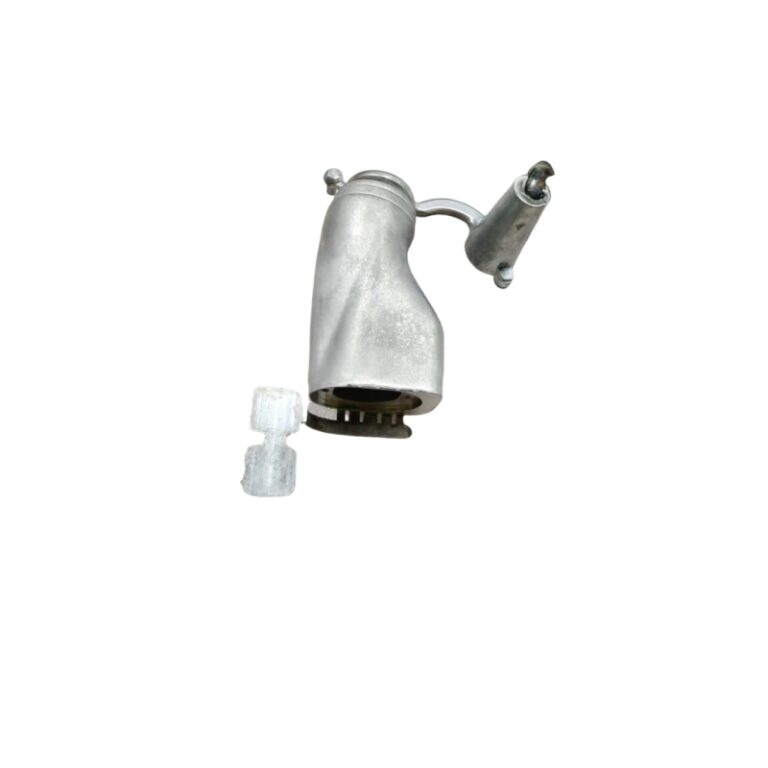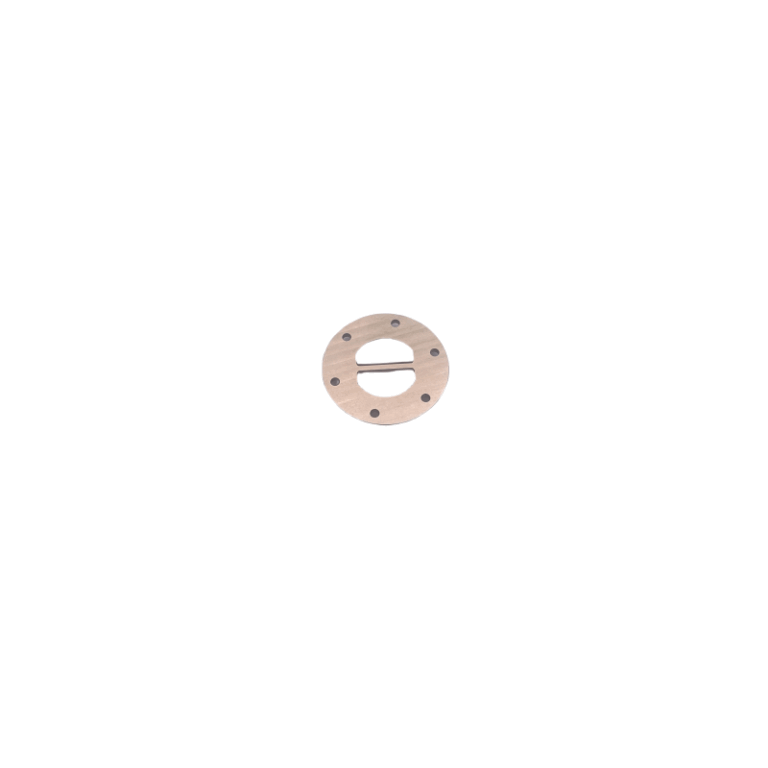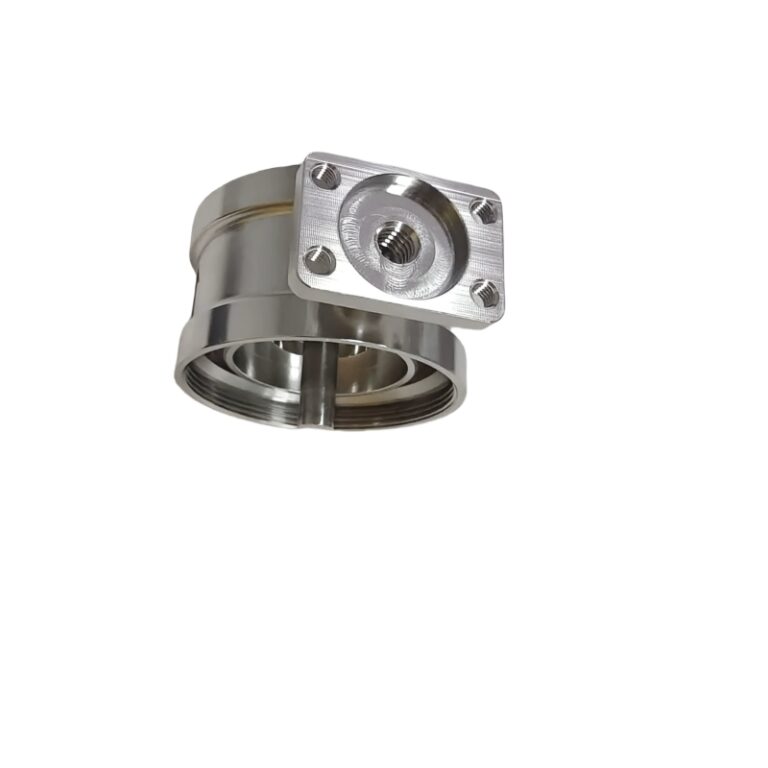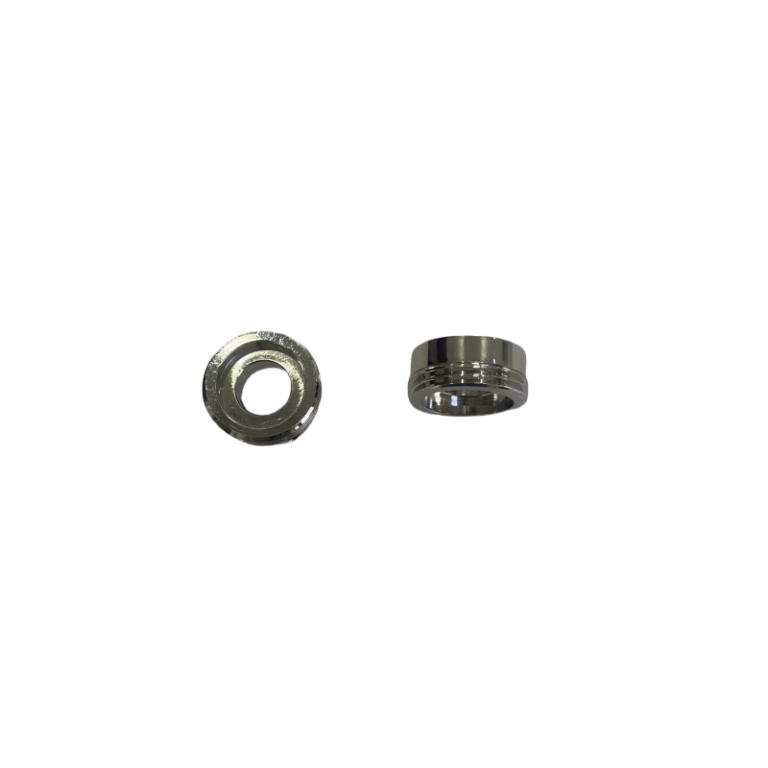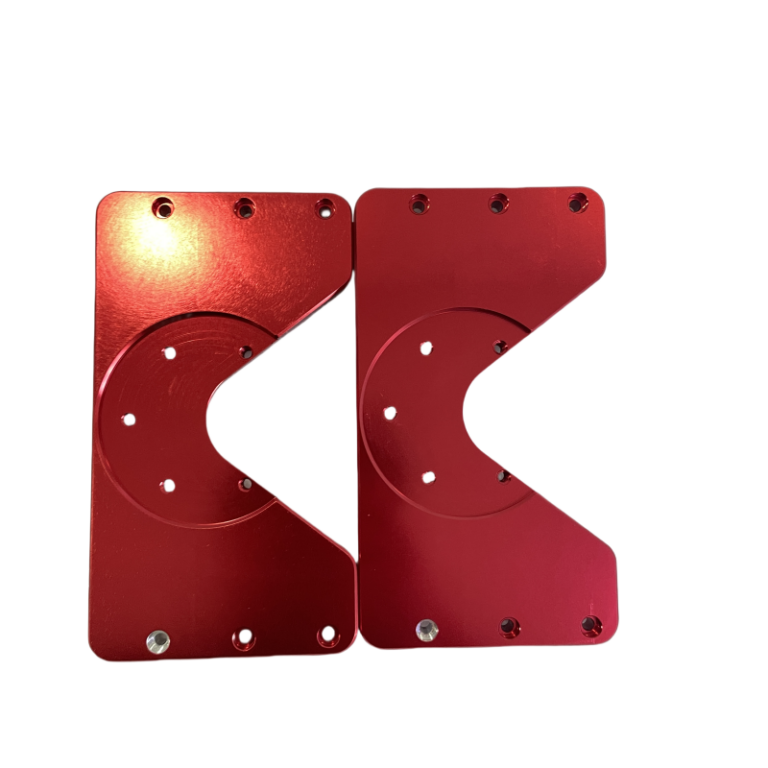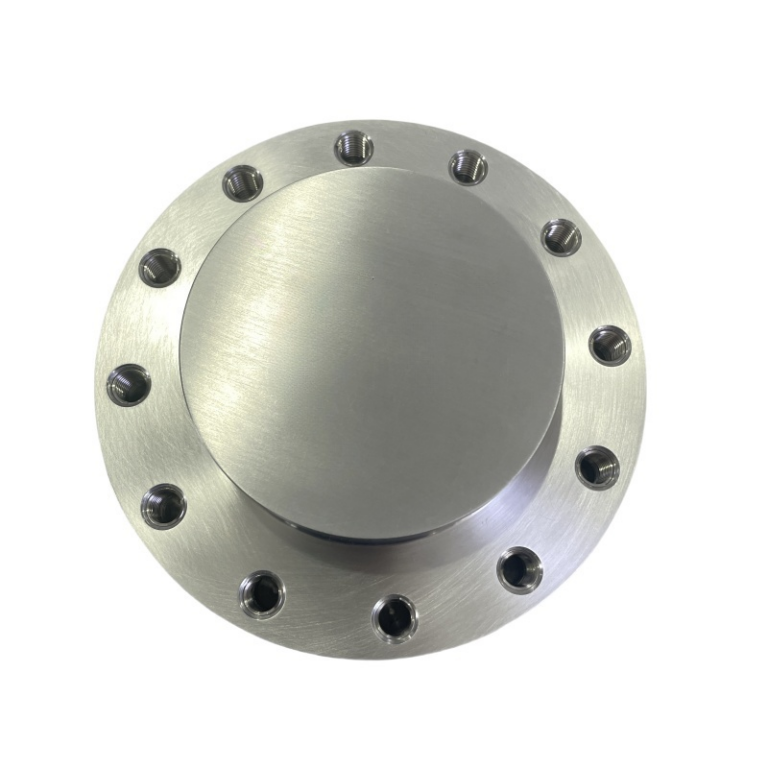Introduction: Why does a material selection determine the lifespan of the product?
In the mechanical hardware industry, the rust of a screw may cause the failure of the entire equipment, and the corrosion of a valve may cause the shutdown of the chemical production line. According to statistics, the global direct economic losses caused by metal corrosion are as high as US$2.5 trillion each year, and 30% of the cases are directly related to stainless steel selection errors. As a company that has been deeply involved in the field of mechanical hardware for many years, we know that the choice of materials is not a simple cost trade-off, but a strategic decision on product reliability, safety, and brand reputation. This article will combine industry pain points and engineering practice to reveal the core logic of corrosion-resistant stainless steel selection to you, helping you occupy the technical commanding heights in the competition.

Performance characteristics of stainless steel
- Corrosion resistance: Stainless steel has good corrosion resistance and can resist the corrosion of weakly corrosive substances such as the atmosphere, water, and steam. Different types of stainless steel have different corrosion resistance. Austenitic stainless steel usually has better corrosion resistance.
- High-temperature stability: Stainless steel can maintain stable performance at high temperatures and is not easy to deform or melt. This is especially important for equipment that needs to work in high-temperature environments.
- High strength: Stainless steel has high strength and can withstand large loads. Different types of stainless steel have different strengths, such as martensitic stainless steel, which has higher strength.
The corrosion-resistant nature of stainless steel-from-element ratio to protection mechanism
- “Invisible Armor” of Passivation Film
The corrosion resistance of all stainless steels is derived from the nanoscale passivation film formed on its surface (mainly Cr₂O₃). Key parameters include:
The Critical value of chromium content: ≥10.5% to form a continuous protective film (experimental data: When the Cr content increases from 10% to 12%, the corrosion resistance time of the salt spray test is extended from 72 hours to 240 hours)
Self-healing ability: 316 stainless steel. In the chlorine-containing environment, molybdenum can promote the regeneration of damaged film layers (the repair speed is 3 times faster than 304)
- “Coordinated combat” of alloying elements
| Element | Core Role | Typical Application Scenarios |
| Mo | Block chloride ion penetration and improve pitting resistance | Marine engineering bolts, chemical valves |
| N | Enhance the density of the passivation film and inhibit crevice corrosion | Seawater pump flange, high-pressure seal |
| Cu | Improve sulfuric acid corrosion resistance | Pickling equipment connection parts |
| Ti | Fix carbon elements to prevent intergranular corrosion | Welded pipe fittings, high-temperature environment fasteners |
- Comparison of the performance of five major stainless steel families
| Types of Stainless Steel | Austenitic Stainless Steel | Ferrite Stainless Steel | Duplex Steel Stainless Steel | Martensite Stainless Steel | Precipitation Hardening Stainless Steel |
| Brand | 303,304,304L 316 316L,317,321 | 405,409,420, 430,434,436 | 2205,2304, 2507, S32750 | 410,410S, 414, 416,420 | 17-4,17-5 |
| Components | High chromium, high nickel, molybdenum, titanium, nitrogen | High chromium, nickel-free | High chromium, nickel, molybdenum, nitrogen | Chromium, high carbon | Chromium, nickel, precipitation-forming elements |
| Corrosion Resistance | Excellent | Good | Excellent | Bad | Good |
| Mechanical Properties | Good plasticity, toughness, and weldability | The mechanical properties and technological properties are relatively poor | Weldable and manufacturable | High strength, but poor plasticity and weldability | High strength and hardness
|
| Application | Kitchenware, medical equipment | Automotive applications, small handheld devices | Chemical processing, Marine applications, construction | Tools and bearings | The aviation and nuclear industries |

Five golden rules for mechanical hardware selection
- Accurate diagnosis of corrosive environments (80% of failures originate from this)
Chemical medium analysis:
- Use a portable ion detector to quantify the concentration of Cl⁻ and SO₄²⁻ (for example430 stainless steel is disabled when Cl⁻>200ppm)
pH range determination: Acid environment (pH < 4) preferential choice of molybdenum-containing steel, an alkaline environment (pH > 10) can relax the selection of the type
- Physical parameter record:
For every 10℃ increase in temperature, the corrosion rate doubles (the corrosion rate of 304 stainless steel in 60℃ brine is 6 times that of normal temperature)
When the flow rate is >1.5m/s, you need to choose high-hardness materials (such as 2205 duplex steel)
- Accurate matching of mechanical properties
- High load components (such as hydraulic joints): Duplex steel 2205 (yield strength ≥450MPa) is 120% higher than 304 stainless steel
- Elastic elements (such as spring washer): 316L with high elongation (elongation of breaking > 60%)
- Wear-resistant components (such as bearing sleeves): After nitriding on the surface, the wear resistance is increased by 3 times.
- Optimization of the adaptability of processing technology
Welding restricted area list:
Steel Size Sensitive Temperature Range Solution
| Steel type | Sensitive temperature range | Solution |
| 304 | 450-850℃ | Use ultra-low carbon 304L |
| 430 | >150℃ interlayer temperature | Pulse TIG welding |
Stamping molding suggestions:
Austenitic steel (304) is suitable for deep-drawing processing (ultimate depth drawing ratio LDR=2.2)
Duplex steel needs to be preheated to 100-150℃ to avoid cracking
- Full Life Cycle Cost (LCC) Model
LCC = Purchase Cost + (year maintenance times × single maintenance cost) service life
LCC = service life procurement cost + (year maintenance times × single maintenance cost)
Case analysis: A marine hardware manufacturer
Use 304 bolts: Unit price 8 yuan, replacement 3 times in 3 years, total cost 32 yuan.
Upgraded to 316 bolts: unit price of 15 yuan, 10 years of maintenance-free, cost reduction by 53%
- Compliance certification red line
Food grade certification: GB 4806.9-2016 requires nickel migration amount <0.1mg/kg
Classification Society Standard: DNV GL certification requires 3000 hours of neutral salt spray test
Medical industry: ISO 7153-1 stipulates that Cr⁶⁺ precipitation amount is <0.1μg/cm²

Selection of typical mechanical hardware products
- Marine engineering fasteners
Bolts in the tidal difference zone: 254SMO (including 6% Mo, PREN=43)
Subsea valve body: 2507 double-phase steel + epoxy coating (pressure resistance ≥16MPa)
- Chemical pipeline connection parts
Concentrated sulfuric acid flange: 904L stainless steel (98% H₂SO₄, applicable temperature <80℃)
Acetic acid pump impeller: 316Ti (add 0.5% Ti to prevent intergranular corrosion)
- Special parts for food machinery
Conveyor belt buckle: 316L (ultra-low carbon, FDA 21CFR 175.300 certified)
CIP cleaning nozzle: 1.4567 copper-containing stainless steel (resistant to hydrogen peroxide corrosion)
Common misunderstandings in the industry and a guide to avoid pitfalls
- Fatal error in material replacement
Replace 304 with 201: Nickel content dropped from 8% to 3.5%, and red rust appeared in environments with humidity >70% for 6 months.
False material label: The actual measured Cr content of a supplier’s “304” angle valve is only 13.2% (standard requires ≥18%)
- Cognitive blind spots for surface treatment
Pickling passivation process: nitric acid + hydrofluoric acid mixture must be used (concentration ratio 20%: 5%), and Cl⁻ will be left after rinsing with tap water.
Advantages of electrolytic polishing: surface roughness Ra dropped from 1.6μm to 0.2μm, and bacterial adhesion rate decreased by 80%.
Frontier technologies and selection trends
High-entropy alloy breakthrough
The corrosion rate of FeCoCrNiMn-based alloys in concentrated hydrochloric acid is only 0.003mm/a, which is two orders of magnitude higher than traditional stainless steel.
Digital selection tools
AI material selection system: input working condition parameters (temperature, medium, load), and automatically generate 3 recommended solutions
Corrosion monitoring sensor: Implanted RFID tags monitor Cl⁻ concentration and membrane integrity in real time
Establish a scientific selection system to create the core competitiveness of products
As a mechanical hardware manufacturer, material selection ability directly determines the market competitiveness of the product. We recommend that enterprises establish a three-level selection system:
- Basic screening: Exclude unqualified materials based on media type (such as 430 steel is disabled in environments containing Cl⁻)
- Performance Verification: Testing Pitting Critical Temperature (CPT) by ASTM G48 Standard
- Cost decision: Comparison of 3 candidate solutions using the LCC model
Many types of stainless steel grades have different characteristics, and there is always an ideal grade for a specific application. Choosing the right grade is crucial for cost-effective investment and excellent results. Depending on your application, consulting an experienced manufacturing company is recommended. In this case, DMTC is your best choice. Our engineers provide first-class expertise to consider a variety of factors that affect design needs. We make sure you get the best stainless steel solution for the best results. If you need to obtain customized selection solutions, please get in touch with DMTC.

